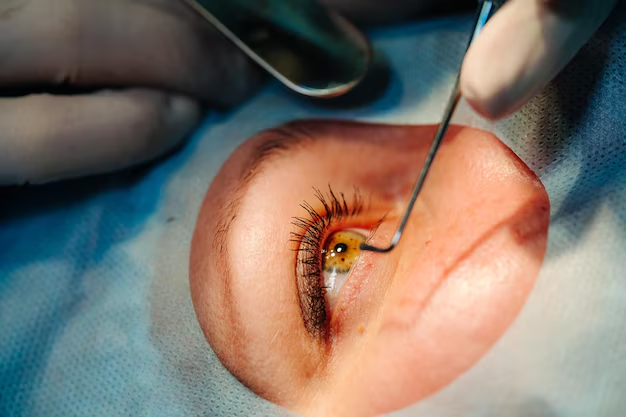
Cataracts, a common eye condition typically related to growing old, can extensively impact one's imaginative and prescient. In this article, we are able to delve into the arena of cataract surgeries, exploring what cataracts are, their signs, and the numerous aspects of the surgical procedures concerned.
Cataract surgery is a common and relatively safe procedure performed to treat cataracts, which are a clouding of the lens in the eye that affects vision. Here's an overview of the procedure:
- Preoperative Assessment: Before the surgery, your eye doctor will perform a comprehensive eye examination to assess the severity of the cataracts and determine the best course of action. This assessment may include measuring the curvature of the cornea, the size and shape of the eye, and other factors.
- Anesthesia: Cataract surgery is usually performed under local anesthesia, which means you will be awake during the procedure but your eye will be numbed so you won't feel any pain. In some cases, general anesthesia may be used, especially if you have other health issues that make local anesthesia unsuitable.
- Surgical Procedure:
Micro incision cataract surgery (phacoemulsification) is the most common technique used today. It involves making a tiny incision in the eye and using ultrasound energy to break up the cloudy lens, which is then removed through suction. An artificial intraocular lens (IOL) is then inserted into the eye to replace the natural lens.
Another technique, called extracapsular cataract extraction (ECCE), involves making a larger incision and removing the lens in one piece. This technique is less commonly used now but may be preferred in certain cases
- Intraocular Lens (IOL) Selection: Before surgery, you and your surgeon will discuss the type of IOL to be implanted. There are different types available, including monofocal lenses (which correct vision at one distance), multifocal lenses (which correct vision at multiple distances), and toric lenses (which correct astigmatism).
- Postoperative Care: After the surgery, you will be monitored for a short time in the recovery area. You may need someone to drive you home. Your doctor will provide instructions on how to care for your eye, including the use of prescription eye drops to prevent infection and reduce inflammation. It's common to experience some discomfort, itching, or mild irritation after surgery, but serious complications are rare.
- Follow-up Visits: You'll need to attend follow-up appointments with your eye doctor to monitor your progress and ensure that your eye is healing properly. Your doctor will also check your vision and may prescribe glasses or contact lenses if needed to optimize your vision after surgery.
Overall, cataract surgery is highly successful in improving vision and is considered one of the safest and most effective surgical procedures performed today. However, as with any surgery, there are risks and potential complications, so it's important to discuss these with your eye doctor before undergoing the procedure.
Copyright @ NARAIN EYE CARE